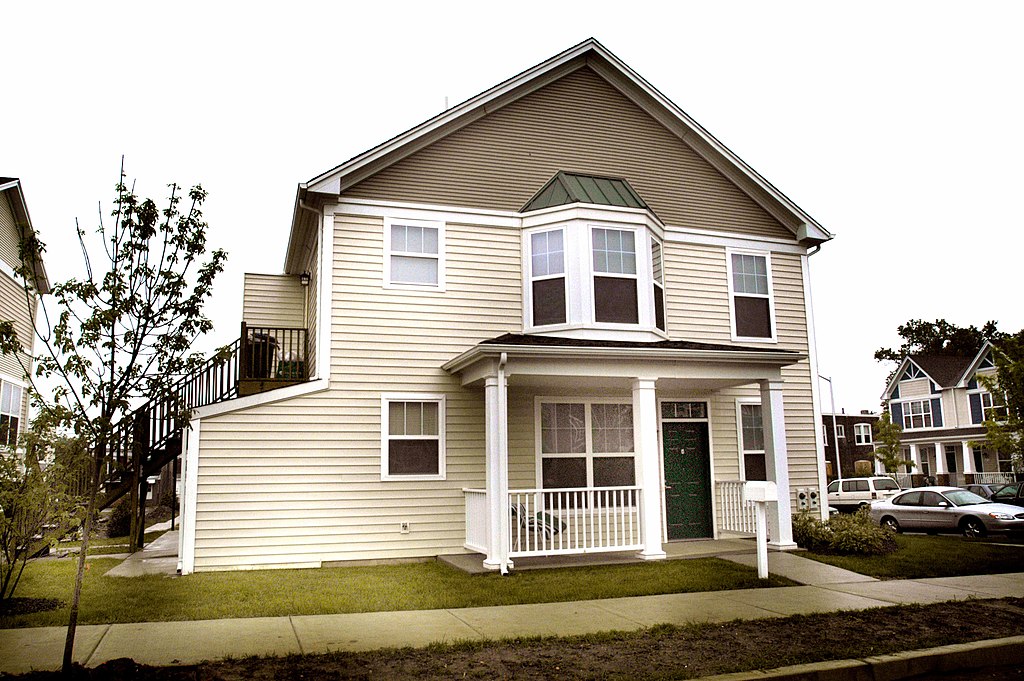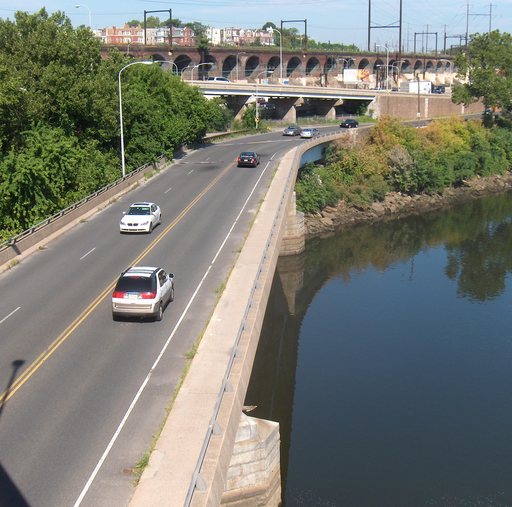No matter the time of year, it pays to be prepared if you’re a homeowner. Owning your own home is part of the American dream, but if you don’t keep up with maintenance and repairs, home ownership can turn into a nightmare fast. Thankfully, with a little bit of planning, you can create checklists to make the job of home maintenance easier. Below is a fall checklist for homeowners who want to stay ahead of home maintenance hassles and prepare for winter storms and cold weather:
Check Your Gutters and Clean Debris
During the fall, leaves can become a significant issue for homeowners as falling leaves lead to clogged gutters. Although the changing colors on your trees’ leaves may be pretty, they can cause your gutters to overflow and lead to water damage. In addition, a clogged gutter can tear away from your home due to the added weight of wet leaves and debris, resulting in even more expensive damage.
When cleaning your home’s gutters in the fall, always ensure you have someone with you. This person can contact help in an emergency if you fall off a ladder or slip off a roof. You’re also encouraged to partner with a professional gutter cleaning service if you are at all concerned about your ability to clean your gutters safely. You don’t want to take chances since injuries that result from slips and falls can be very serious.
Drain Hoses and Protect Your Plumbing
It’s also a good idea to drain all outdoor hoses during the fall before temperatures dip below freezing. Hoses often trap moisture inside during the summer, even after the outdoor spigot is turned off. This moisture can then freeze and lead to cracks in your hose or spigot during the winter. Additionally, consider installing spigot covers specifically designed to protect outdoor plumbing fixtures.
Now would also be an excellent time to inspect your plumbing pipes to ensure they are adequately insulated. Check in your crawlspace, basement, garage or any other area of your home where plumbing pipes can be found. Use appropriate insulation to cover your pipes, but make sure you follow the manufacturer’s instructions to avoid pipe sweating once the weather warms back up. Improperly insulated plumbing pipes may cause moisture to leech into surrounding insulation, possibly leading to mold growth and wood rot.
Have Your Heating Systems Inspected
Whether your home uses a traditional HVAC unit or you heat with a wood stove or fireplace, have these systems inspected in the fall. Heating system components that are damaged or malfunctioning can lead to dangerous conditions during the winter. Beyond that, you don’t want to find out the hard way that your heating system is on its way out during the middle of winter. While you can visually inspect your heating system’s components, it’s always best to consult a professional if work needs to be performed. Because of the potential for danger, you don’t want to take chances regarding something as important as your home’s heating system.
Consider A Humidifier
During the fall and winter, the air inside your home will likely become dry. This often leads to discomfort and can also be a health hazard. If you have anyone in your home who is vulnerable to respiratory issues, dry indoor air may exacerbate symptoms and lead to trouble breathing. A humidifier may help to improve air quality during the fall and winter, but you’re encouraged to consult with your physician first. Your medical needs and those of your family and loved ones require a personalized approach to solving dry indoor air issues.
This would also be an excellent time to check and replace filters as needed. Your home’s air filters can help keep dust, dirt and debris out of the air all year long, but they are very beneficial in dry conditions. Follow your manufacturer’s replacement schedule, but if you notice your filters are clogged or dirty, consider replacing them sooner. A new air filter will help your ventilation system run more efficiently, and it can also improve indoor air quality.


